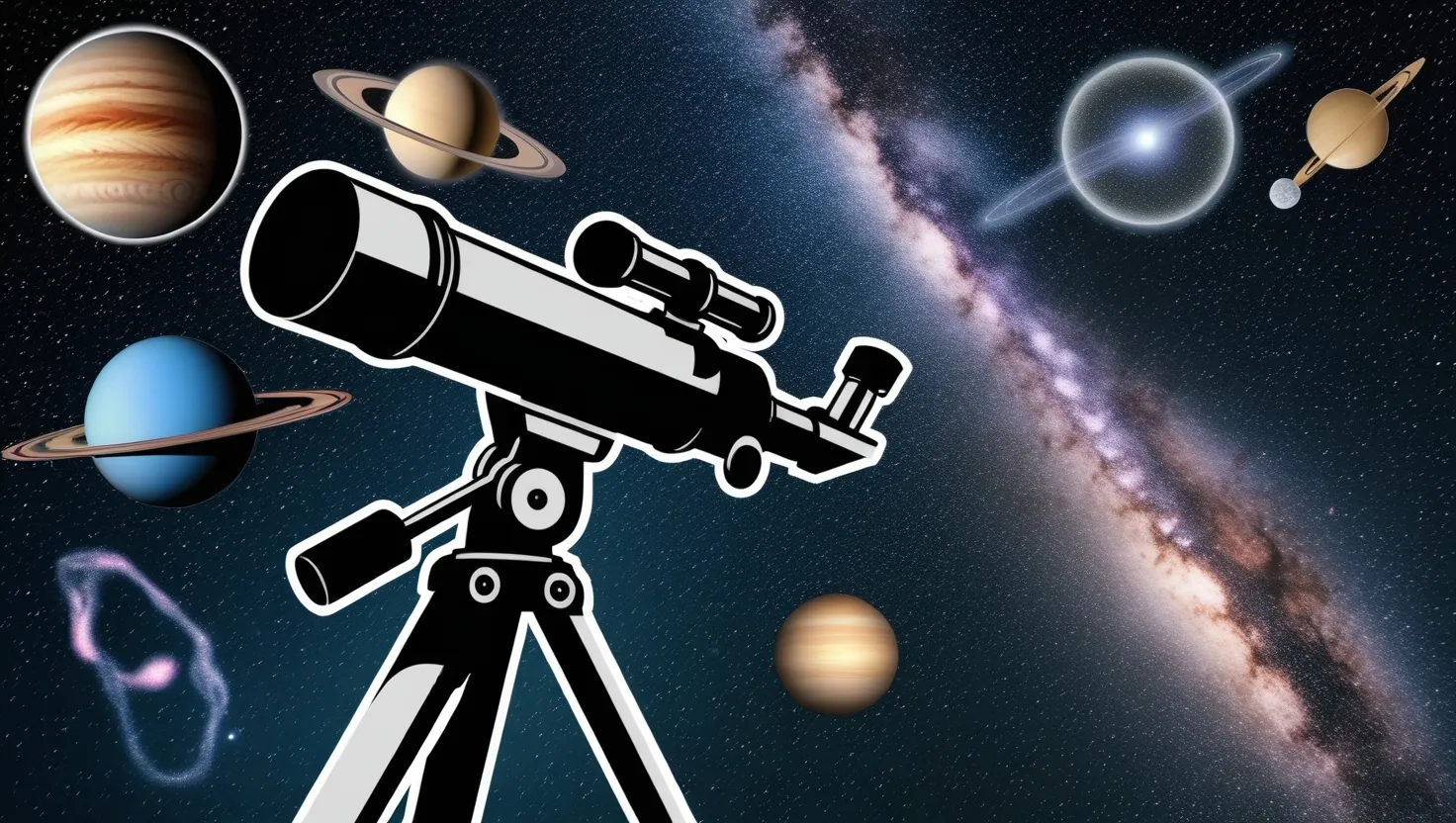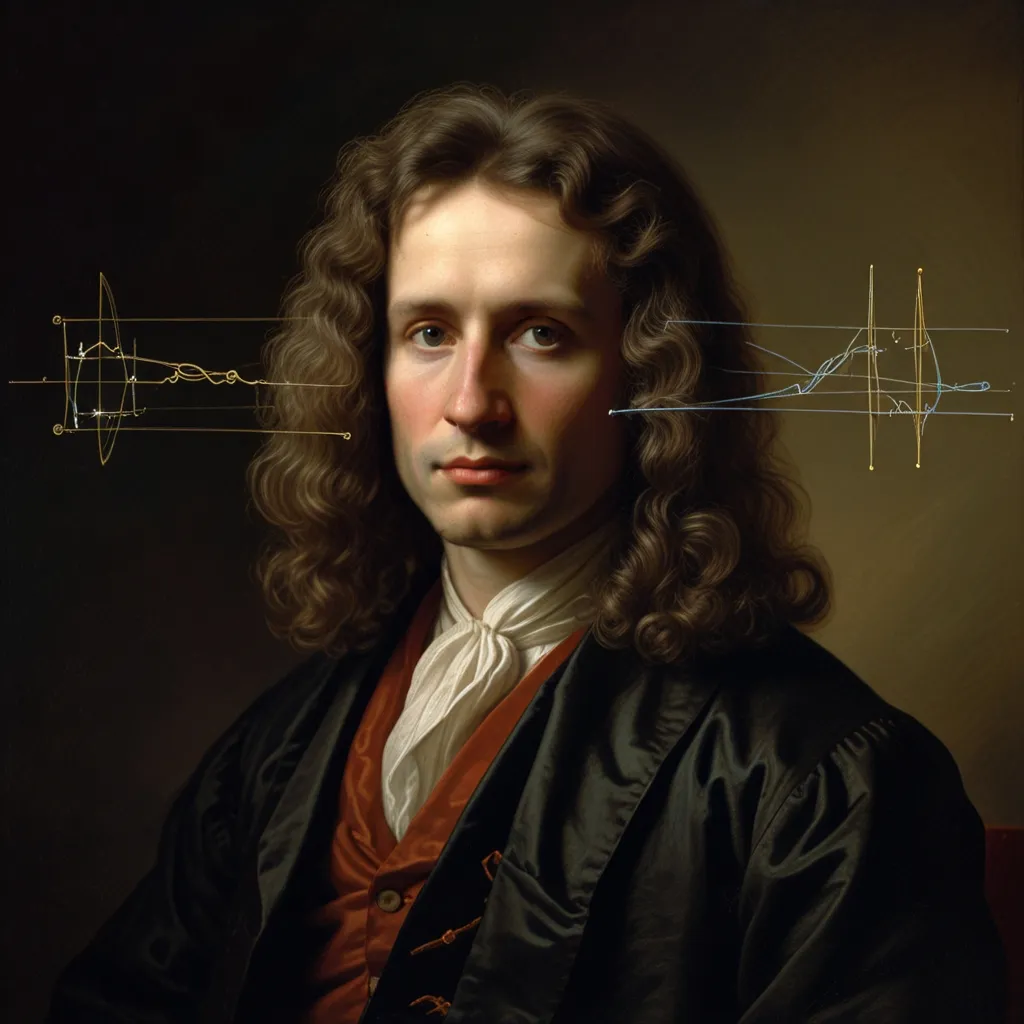As I sit here, gazing up at the night sky, I am reminded of the profound impact that a few pivotal moments in the history of astronomy have had on our understanding of the universe. These moments, often driven by curiosity and innovation, have transformed our view of the cosmos and our place within it.
The Telescope and Galileo’s Revolution
In 1609, Galileo Galilei, an Italian astronomer, crafted a telescope that would change the face of astronomy forever. Though he did not invent the telescope itself – that credit goes to Dutch eyeglass makers – Galileo’s improvements and meticulous observations made his instrument a powerful tool for celestial exploration. With his telescope, Galileo observed the Moon, noting its rough, uneven surface, a stark contrast to the perfect, unchanging heavens envisioned by the scientific doctrine of his time.
Galileo’s telescope also revealed the phases of Venus, similar to those of the Moon, which provided strong evidence for the Copernican heliocentric model. The observation of four moons orbiting Jupiter – Io, Europa, Callisto, and Ganymede – further challenged the geocentric view, where everything was believed to orbit Earth. These discoveries, documented in his book “Sidereus Nuncius,” marked the beginning of a new era in astronomy, one where empirical evidence and observation would guide our understanding of the universe.
Newton’s “Principia Mathematica”
Fast forward to 1687, when Isaac Newton published his magnum opus, “Principia Mathematica.” This work laid the foundation for modern physics and astronomy by introducing the laws of motion and universal gravitation. Newton’s laws explained how planets moved in elliptical orbits around the Sun, a concept that had been proposed by Johannes Kepler but lacked a underlying physical explanation.
Newton’s work was more than just a set of mathematical formulas; it was a philosophical framework that unified the heavens and the Earth under a single set of principles. His theory of universal gravitation showed that the same force that causes objects to fall on Earth is responsible for the orbits of planets and the motion of comets. This unified understanding of the universe’s mechanics set the stage for centuries of scientific inquiry and discovery.
The Discovery of Uranus
In 1781, William Herschel, a British astronomer and musician, made a groundbreaking discovery that expanded our understanding of the solar system. Using his homemade telescope, Herschel identified a new planet, Uranus, which was the first planet to be discovered using a telescope. This finding was significant not only because it added to our knowledge of the solar system but also because it demonstrated the potential of telescopic observations to reveal new worlds beyond our immediate vicinity.
Herschel’s discovery sparked a new wave of interest in astronomy, encouraging others to explore the night sky with renewed vigor. It also highlighted the importance of systematic observation and the role of amateur astronomers in advancing scientific knowledge. The discovery of Uranus was a reminder that there was still much to be discovered in our own solar system, and it paved the way for further explorations of the cosmos.
The Advent of Spectroscopy
The 19th century saw the development of spectroscopy, a technique that allowed astronomers to analyze the light coming from stars and determine their chemical composition. Joseph von Fraunhofer, a German optician, played a crucial role in this development by discovering dark lines in the solar spectrum, now known as Fraunhofer lines. These lines correspond to specific wavelengths of light that are absorbed by elements in the Sun’s atmosphere.
Spectroscopy revolutionized our understanding of stellar evolution and the chemical makeup of the universe. By analyzing the spectra of stars, astronomers could determine their temperatures, compositions, and even their velocities. This technique has been instrumental in understanding the life cycles of stars, from their birth in nebulae to their eventual death in supernovae or as white dwarfs.
Einstein’s General Relativity and the 1919 Solar Eclipse
The early 20th century brought another pivotal moment in astronomy with the confirmation of Albert Einstein’s theory of general relativity. During the 1919 solar eclipse, an expedition led by Arthur Eddington tested Einstein’s prediction that gravity would bend light around massive objects, such as the Sun. The observations made during this eclipse provided strong evidence for general relativity, transforming our understanding of space, time, and gravity.
Einstein’s theory introduced the concept of spacetime, a fabric that is warped by the presence of mass and energy. This idea challenged the long-held Newtonian view of space and time as separate entities and laid the groundwork for modern cosmology. The confirmation of general relativity opened up new avenues for understanding the universe’s structure and evolution, from the behavior of black holes to the expansion of the cosmos itself.
Reflections on a Changing Universe
As I reflect on these pivotal moments, it becomes clear that the history of astronomy is a story of continuous discovery and revision. Each breakthrough has built upon the last, refining our understanding of the universe and our place within it. From Galileo’s telescope to Newton’s laws, from the discovery of Uranus to the advent of spectroscopy, and finally to the confirmation of Einstein’s general relativity, each moment has contributed to a richer, more nuanced picture of the cosmos.
These discoveries remind us that science is a journey, not a destination. They encourage us to continue exploring, to question our current understanding, and to seek new knowledge. As we look to the future, armed with advanced technologies and a deeper understanding of the universe, we are poised to uncover even more secrets of the cosmos. The history of astronomy is a testament to human curiosity and the power of scientific inquiry, and it serves as a beacon for the next generation of astronomers and scientists who will continue to shape our understanding of the universe.






